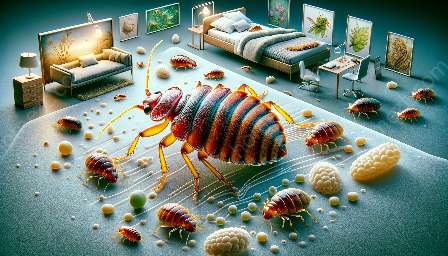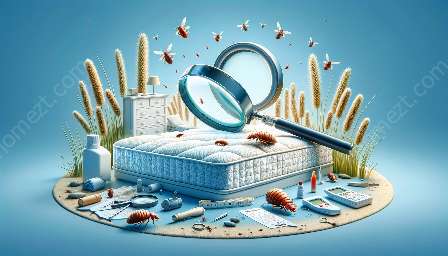Bed bugs have become a pervasive nuisance, infesting homes, hotels, and other spaces, prompting the need for effective eradication techniques and pest control measures. Dealing with a bed bug infestation can be a challenging and distressing experience, but with the right strategies and methods, it is possible to eliminate these pests from your environment.
Understanding Bed Bugs
Before delving into eradication techniques, it is crucial to understand the nature of bed bugs. These tiny, reddish-brown insects feed on blood and can thrive in various environments. They are nocturnal creatures, often hiding in cracks and crevices during the day and emerging at night to feed on their unsuspecting hosts.
Bed bugs can spread rapidly and are resilient to many traditional pest control methods. Their ability to hide in tiny spaces and reproduce quickly makes them a challenging adversary for homeowners and pest control professionals alike.
Identification of Infestation
The first step in eradicating bed bugs is to identify the infestation. Common signs of bed bug presence include the appearance of small, itchy bites on the skin, bloodstains on bedding, and the sighting of live bugs or their shed skins. It is important to act swiftly upon identifying a bed bug infestation to prevent it from spreading further.
Integrated Pest Management (IPM)
Integrated Pest Management (IPM) is a comprehensive approach to pest control that emphasizes prevention, monitoring, and eco-friendly eradication methods. When dealing with bed bugs, IPM involves a combination of tactics such as thorough inspection, vacuuming, steam treatment, and the use of insecticides with minimal environmental impact.
Thermal Remediation
One of the most effective techniques for bed bug eradication is thermal remediation, also known as heat treatment. This method involves raising the temperature in infested areas to a level that is lethal to bed bugs while being safe for the environment and human occupants. Professional pest control companies often utilize specialized equipment to heat infested areas to the necessary temperature, ensuring the complete elimination of bed bugs.
Chemical Treatments
Chemical treatments, when used judiciously and in compliance with safety regulations, can also be effective in eradicating bed bugs. There are various insecticides approved for bed bug control, and it is essential to seek the expertise of certified pest control professionals for their application. DIY use of insecticides for bed bug control is not recommended due to the potential health and safety risks.
Preventive Measures
Once bed bugs have been eradicated from a space, it is crucial to implement preventive measures to avoid future infestations. Regular inspection of bedding, furniture, and other potential hiding spots for bed bugs is essential. Additionally, taking steps to reduce clutter, sealing cracks and crevices, and using bed bug-proof encasements for mattresses and box springs can help prevent re-infestation.
Professional Assistance
Given the resilience and elusive nature of bed bugs, seeking professional assistance from reputable pest control companies is often the most reliable approach to eradicating infestations. Certified professionals have the knowledge, experience, and access to specialized equipment and products necessary for effective bed bug eradication. They can also provide guidance on post-treatment measures to prevent future infestations.
Conclusion
Dealing with a bed bug infestation requires a multi-faceted approach that encompasses thorough inspection, targeted eradication techniques, and preventive measures. By understanding the behavior of bed bugs and employing integrated pest management strategies, it is possible to achieve successful eradication and regain peace of mind in your living space.






















